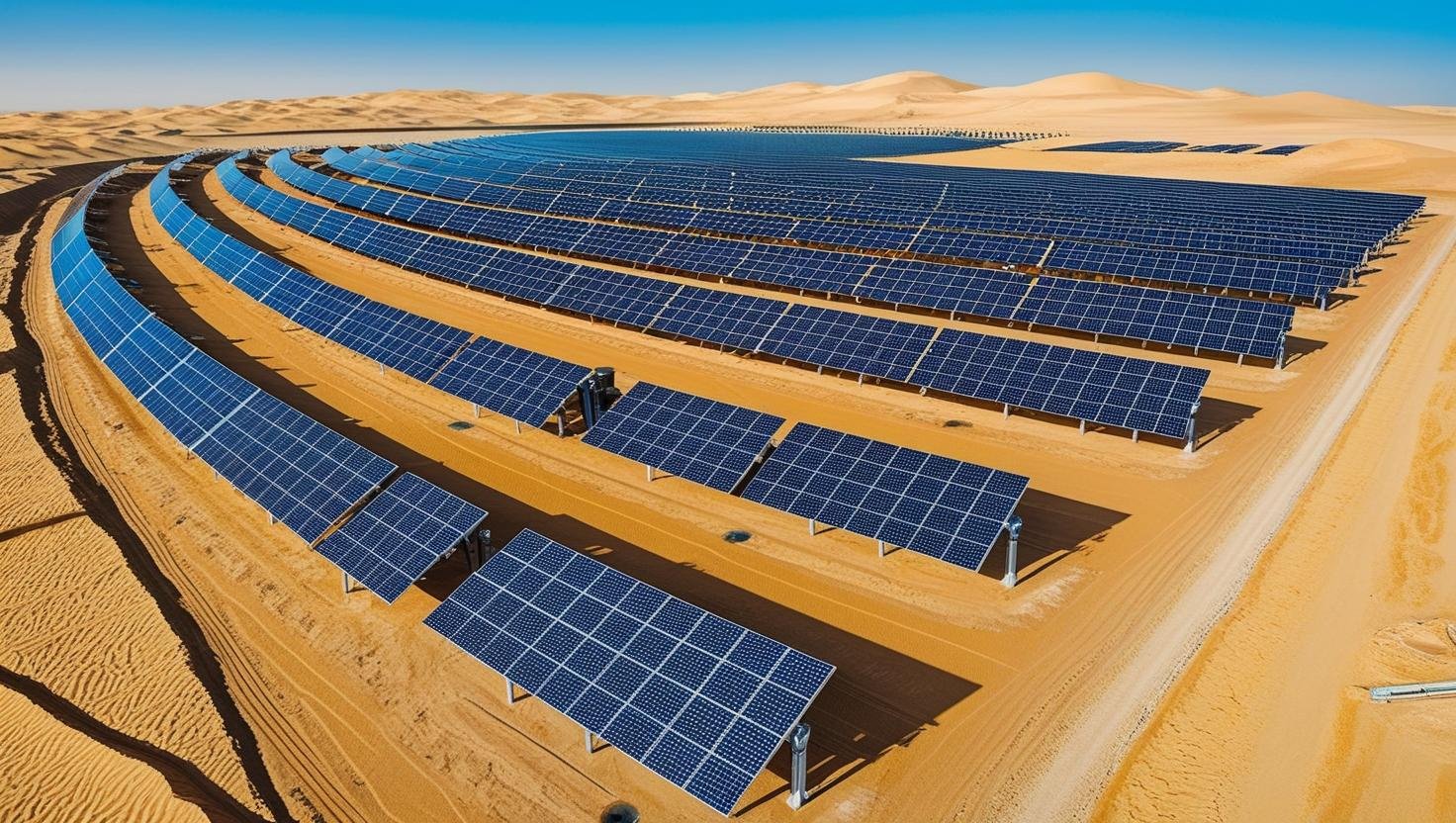Introduction to Solar Energy Growth
The Middle East is rapidly emerging as a leader in solar energy, driven by its abundant sunlight and decreasing costs of technology. Countries in this region, particularly those rich in oil reserves, are diversifying their energy sources to enhance sustainability and energy security.
Key Statistics Highlighting Potential
The International Renewable Energy Agency (IRENA) reports that the Middle East could increase its solar power capacity significantly by 2030. Currently, the solar energy capacity in the region is around 5 GW, but it is projected to reach over 70 GW within the next decade. Remarkably, Saudi Arabia aims to generate 58.7 GW of solar power by 2030 as part of its Vision 2030 initiative.
The Impact on the Energy Market
As the region embraces solar energy, the economic landscape will undergo a transformation. Investment in solar energy projects is anticipated to exceed $120 billion, making it a lucrative sector for both local and international investors. Furthermore, the shift toward cleaner energy sources positions the Middle East as a key player in the global energy market, shifting perspectives from oil dependency to renewable solutions.
In summary, the future of solar energy in the Middle East is promising, with significant investments and advancements expected in the coming years. These trends not only contribute to environmental sustainability but also promote economic growth and energy diversification.







اترك تعليقاً